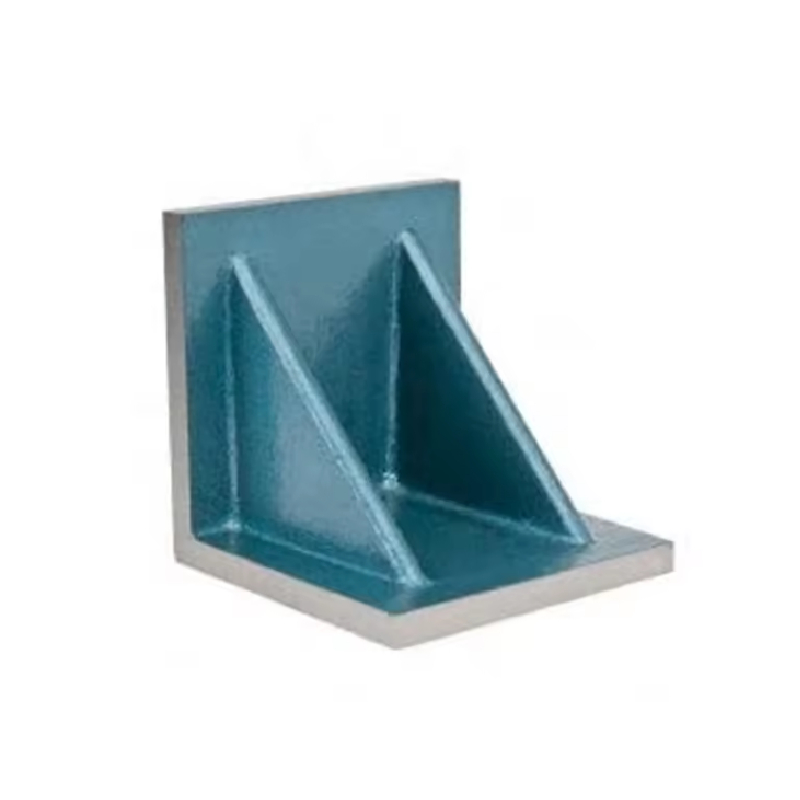12 月 . 04, 2024 16:37 Back to list
one way water check valve
Understanding One-Way Water Check Valves A Comprehensive Overview
A one-way water check valve, often referred to simply as a check valve, is an essential component in many plumbing and hydraulic applications. Its primary function is to prevent the backward flow of water or other fluids, ensuring that the system operates efficiently and safely. This article explores the importance, operation, and applications of one-way water check valves.
The Basics of Check Valves
A check valve operates on a very simple principle it allows fluid to flow in one direction while blocking reverse flow. This is achieved through a movable disc or a ball that is held in place by a spring or gravity. When fluid flows in the permitted direction, it pushes the disc open, allowing passage. Should any attempt occur to reverse the flow, the back pressure causes the disc to close tightly against the valve seat, effectively sealing off the undesired flow path.
Importance of One-Way Water Check Valves
The significance of one-way water check valves cannot be overstated. They play a crucial role in protecting systems from backflow, which can lead to contamination, equipment damage, and inefficiency. For instance, in a pumping system, backflow can cause the pump to operate less effectively or even become damaged. By employing a check valve, systems can maintain pressure and ensure that fluid flows only in the designated direction.
Moreover, check valves help prevent siphoning, which can occur in applications where the elevation changes. In such cases, if the downstream side of a pipe runs uphill, the potential for siphoning exists. A one-way check valve eliminates this risk by preventing any liquid from flowing back down the incline.
Types of One-Way Water Check Valves
Several types of one-way check valves are available, each suitable for different applications
1. Swing Check Valves These valves have a hinged disc that swings open with flow. They are typically used in larger pipelines where back pressure is not a significant concern.
2. Lift Check Valves Using a vertically moving disc, lift check valves are ideal for applications with varying flow rates. They are suitable for high-pressure systems.
one way water check valve

3. Ball Check Valves Featuring a ball that moves up and down to allow or block flow, these valves work well for smaller lines and applications where flow control is crucial.
4. Diaphragm Check Valves These use a flexible diaphragm to control flow and are often employed in applications where a low-pressure drop is essential.
Applications of One-Way Water Check Valves
One-way water check valves find applications in various fields, including
- Residential Plumbing They are commonly used in household systems to prevent backflow in water supply lines, heating systems, and irrigation systems.
- Industrial Applications Check valves are vital in chemical processing, oil and gas, and manufacturing industries where fluid integrity is critical.
- Wastewater Management In sewage systems, one-way check valves prevent backflow into pipes, protecting the infrastructure from potential hazards.
- Fire Protection Systems In fire sprinkler systems, check valves ensure that water flows correctly to nozzles when needed without reverse flow creating pressure issues.
Conclusion
In summary, one-way water check valves are indispensable in maintaining the integrity and efficiency of fluid transport systems. Their ability to prevent backflow protects not only the equipment but also the quality of the fluid being transported. With various types available, they can be tailored to meet specific application needs, ensuring optimum performance across diverse industries. As technology advances, the design and materials of these valves will continue to evolve, offering even greater reliability and efficiency.
-
Y Type Strainers: A Comprehensive GuideNewsOct.18,2024
-
Understanding Water Valve Options for Your NeedsNewsOct.18,2024
-
Functions and TypesNewsOct.18,2024
-
An Essential Component for Fluid SystemsNewsOct.18,2024
-
Adjustment and ReplacementNewsOct.18,2024
-
Slow Closing Check Valves: A Key Component in Fluid SystemsNewsOct.08,2024
Related PRODUCTS









